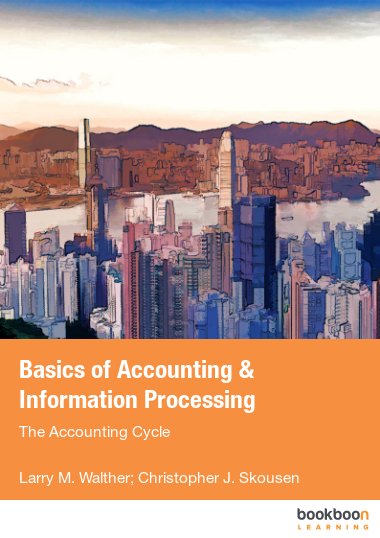Formally defined, accounting is a set of concepts and techniques that are used to measure and report financial information about an economic unit. While this may seem relatively straightforward, accounting is actually a very complex field that requires both technical proficiency and also a certain amount of artistry. This text introduces new practitioners to accounting fundamentals and helps prepare them for further studies in the field. It is available to download as a free e-book.
In Part 1, the reader is shown the difference between financial and managerial accounting, and introduced to professional ethics and the fundamental accounting equation (Assets = Liabilities + Owners’ Equity). Using concrete examples based on everyday scenarios, the text then outlines how a corporation collects account receivable, makes purchases using loan proceeds, and distinguishes between revenue and income. Additional topics covered include financial statements, retained earnings, articulation, debit and credit rules, asset and expenses dividends, the accounting journal, and T-accounting. Diagrams and charts are used throughout the text to help explain important concepts.
Readers interested in continuing their study should refer to author Larry M. Walther’s additional titles in the Accounting Cycle series, including Income Measurement and the Reporting Cycle, which is also available for free download on bookboon.com.



